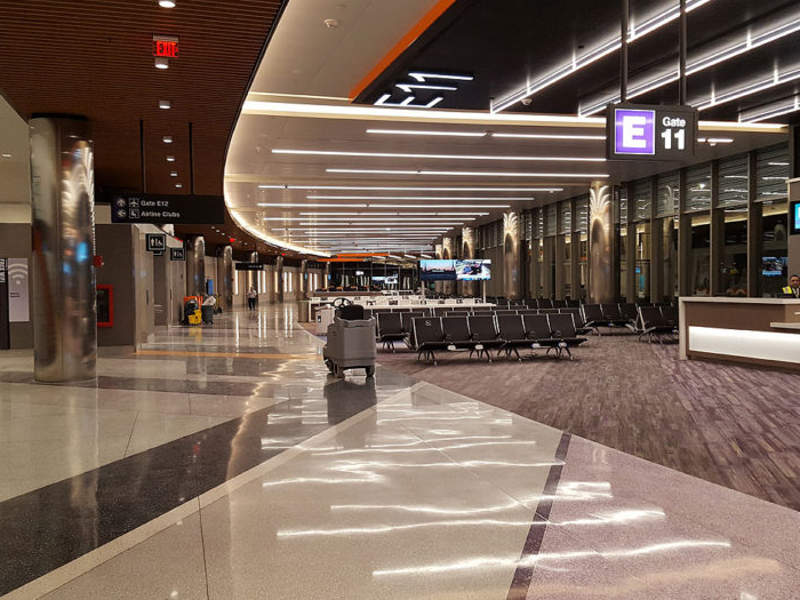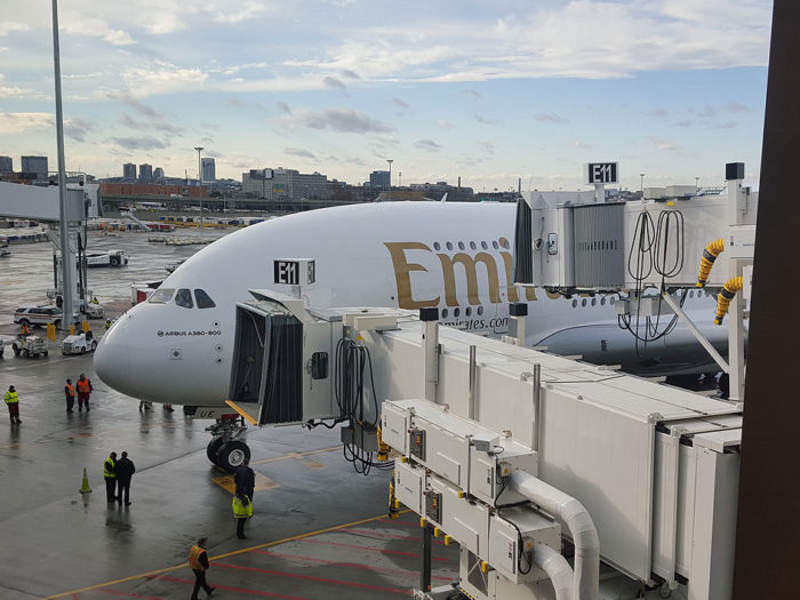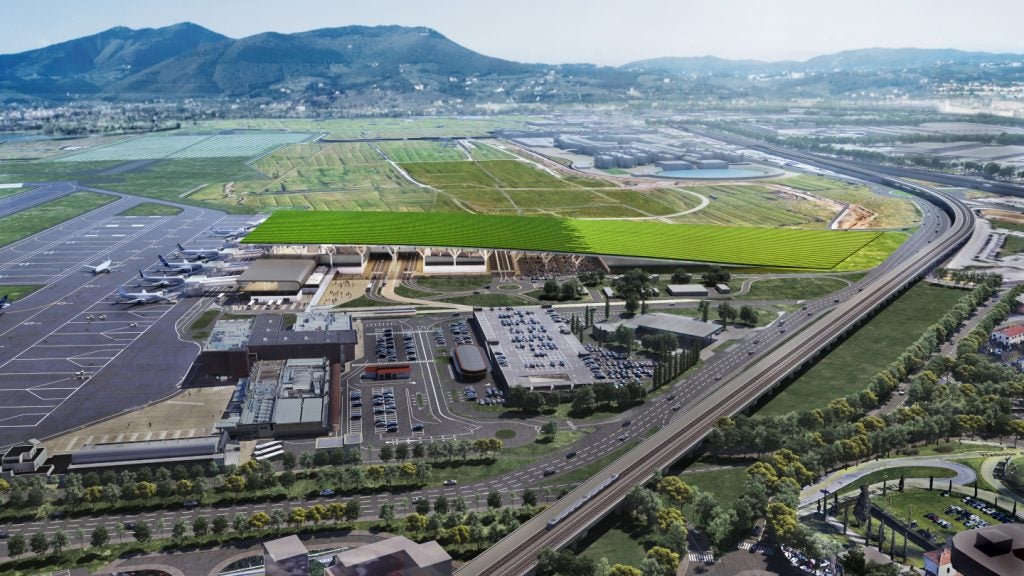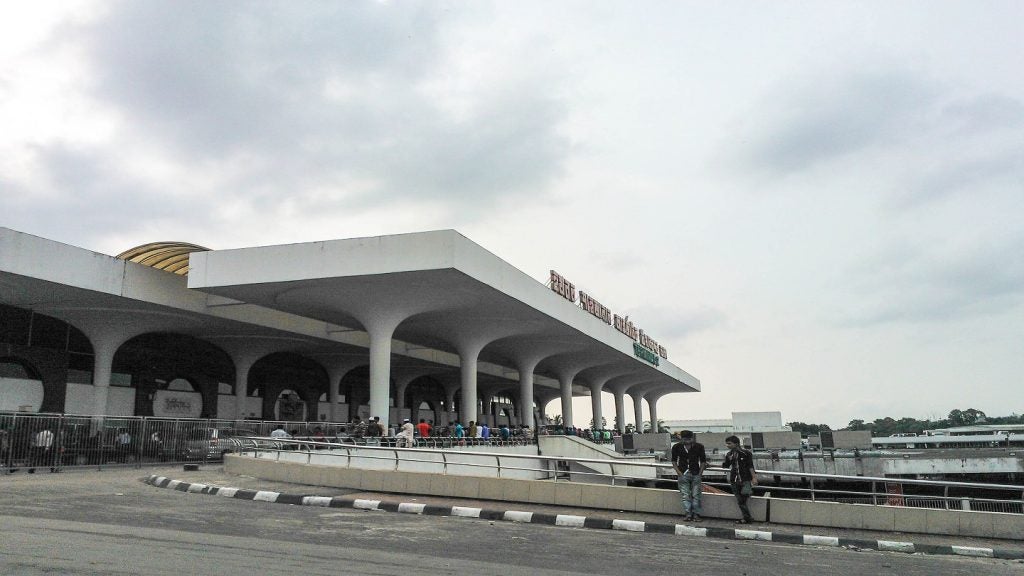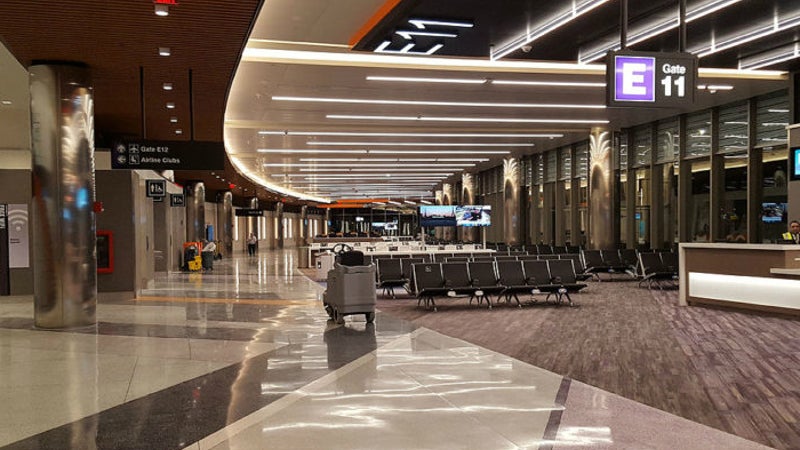
Terminal E of the Boston-Logan international airport has undergone a major refurbishment to accommodate the growing number of passengers at the airport.
Also known as John A. Volpe international terminal, the expanded terminal will accommodate current and projected international operations, while providing an improved passenger experience and minimising environmental impact.
The renovations and enhancements project is part of a $100m airport improvement programme announced by the Massachusetts’ governor in 2014. It was undertaken by the Massachusetts Port Authority (Massport) and completed in April 2017.
The project is also a strategic investment for the airport authority, Massport, to meet its regional goals and attract new services to the state.
Sustainable and resilient design elements were incorporated in the terminal modernisation project, which has been submitted for LEED Gold certification.
Purpose of Terminal E modernisation and enhancement
Opened in mid-1970s, the Terminal E has the capacity to serve 1.4 million international passengers a year.
However, the terminal handled more than six million passengers in 2016, causing severe congestion that resulted in poor customer service, and inefficient operations at gates and associated ramp areas.
Passengers have been experiencing delays at the ticket counters and security screening areas over the years. Insufficient space after security checkpoints and a minimum delay of two hours during peak travel periods was also noted.
International traffic at the airport is projected to increase further by 2022. Massport proposed the modernisation project accommodate the current and forecasted growth.
Facilities and infrastructure added as part of Terminal E modernisation
The major components of the terminal enhancement project included the expansion of the terminal area, the addition and modification of concourse gates, modifications to the ramp and apron, and reconfiguration of the landside area.
The existing terminal area was expanded by adding approximately 95,000ft² of space, bringing the total area to 799,000ft². The expanded terminal now features three new gates with two-level jet bridges to expedite boarding processes. The gates can accommodate larger aircraft, such as the A380 and the 747-8.
Holding rooms were added to the departures area and new de-boarding areas were added to the arrivals level, which connects to the customs primary inspection hall. The security checkpoint was also expanded.
Immigrations and customs area at the terminal’s west end was renovated. A new fourth level was added for a new airline, Airline Clubs, allowing its passengers to directly board the aircraft.
Technical upgrades included the installation of automated aircraft docking guidance systems (ADGS) and air ground support equipment (GSE). The GSE at the existing gates was also upgraded to accommodate a variety of aircraft.
Terminal interiors upgrade details
The terminal now features newly designed seating with all the seats having power and USB charging facilities. New concessions and other supporting spaces were also added to the terminal.
Displays have been added to showcase innovations and art installations. A wall of fame featuring Nobel Prize winners from the state, news desks with local headlines and an interactive selfie moment podium have also been added.
Contractors involved
AECOM was the chief architect and project lead of the terminal modernisation project. Arora Engineers provided mechanical, electrical, plumbing, fire safety and special systems engineering services.
Suffolk Construction was the general contractor for the project. The company sub-contracted Daniel Marr & Son for structural steel installation of the newly added space in the terminal.
High-definition laser scanning services were provided by Innovation Technology Partners, while JDC was contracted for building separation and demolition services.
Financing for the terminal modernisation
The entire project has been funded by Massport. In September 2014, the authority approved $30m for the terminal expansion. The total investment in the project has, however, not been disclosed.

